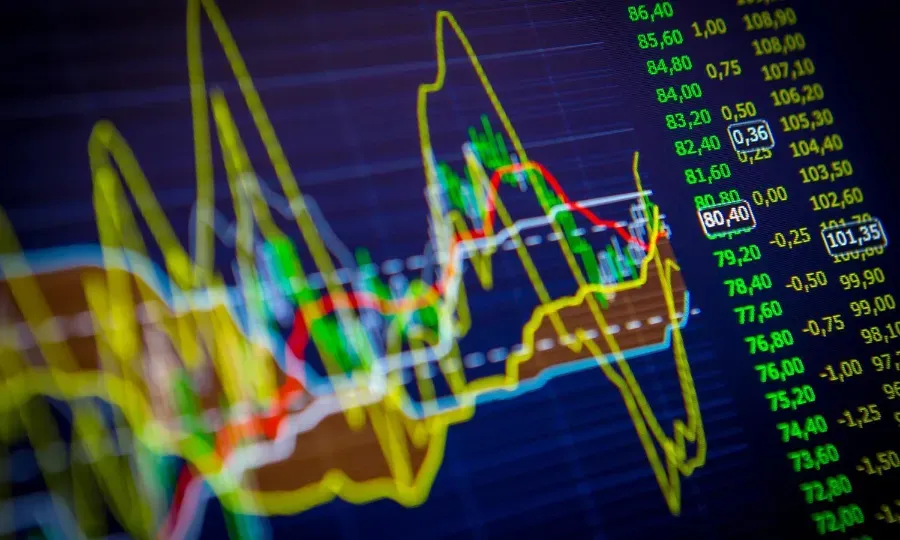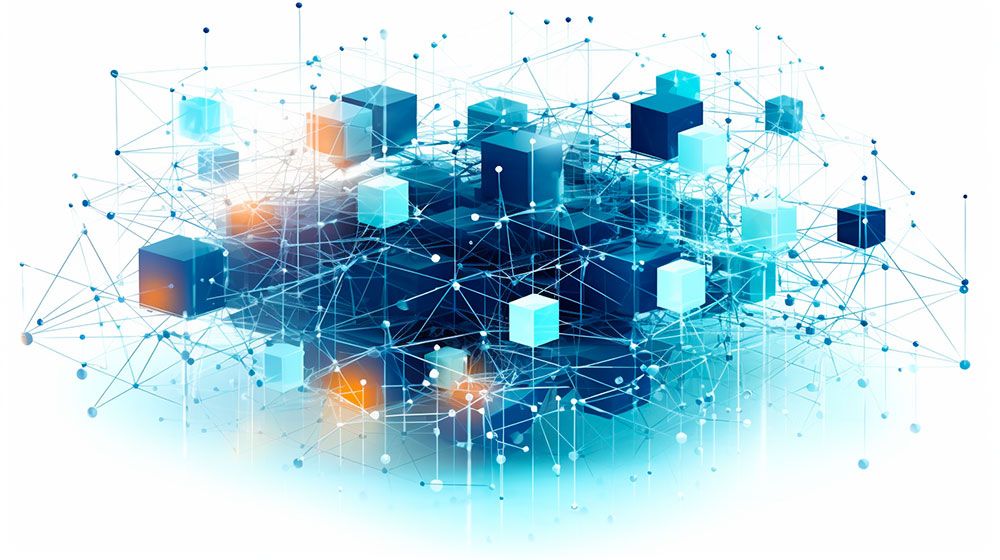Three Ways Pattern Analytics Will Grow Your Business

Pattern Analytics can be defined as a discipline of Big Data that enables business leaders to understand how different variables of the business interact and are linked with each other. Variables can be of any kind and within any data source, structured as well as unstructured. Such patterns can indicate opportunities for innovation or threats of disruption for your business and therefore require action.
Finding patterns within the data and sifting it out is difficult. Machine learning can contribute in helping us humans find patterns that are relevant, but too difficult for us to see. This enables organizations to find patterns they act on. Business leaders can learn from these patterns and use them in their decision-making process. Business leaders therefore should rely less on their gut feeling and years of experience, and more on the data.
Pattern Analytics does not require predefined models; the algorithms will do the work for you and find whatever is relevant in a combination of large sets of data. The key with pattern analytics is automatically revealing intelligence that is hidden in the data and these insights will help you grow your business. There are of course multiple applications of pattern discovery, but I would like to focus on three important ones: pattern discovery with structured sensor data, pattern analytics to keep your company secure and optimizing your sales with pattern discovery.
Sensor Data and Pattern Discovery
Operational data from sensors generated by machinery can be used for pattern analysis. In fact, pattern analytics is especially relevant for sensor data and time series data. Time series data are data points consisting of successive measurements made over a time interval. Such data can expose a lot of patterns about the product related to for example energy usage, maintenance requirements and/or possible safety issues. When analysing these structured data sets with pattern analytics, you can find anomalies, commonalities and trends that reveal insights that otherwise would remain unnoticed.
These insights can be used to make predictions related to maintenance (based on sensor data you can predict when maintenance is required for your machines), usage (what are for example the patterns of people using the building so that you can optimize the energy usage based on the expected amount of people in a building) or safety (finding those patterns that could predict a possible hack in the information systems). Especially the latter one is relevant, as any company has to deal with protecting their information systems so let’s take a close look at that one.
Patterns Analytics to Keep Your Company Secure
Companies can leverage the large quantities of structured and unstructured data within their organization to analyse and detect in real-time any possible security threat. Pattern discovery is especially relevant for this as it can reveal what is happening within your IT systems. What are standard patterns that can be ignored and when does something occur that is relevant from a security perspective? Pattern analytics can reveal those standard patterns and compare them with new, unexpected, patterns. The problem is, however, that in order to detect those patterns, you need to collect massive amounts of data on how systems behave, as well as employees behave while using those systems. You have to look at a vast array of data sources, which will keep on growing, to be able to find meaningful patterns and anomalies. Whenever attack patterns have been detected, an organization can take action to stop it or otherwise prevent harm being done.
Driving Your Sales With Pattern Discovery
When you have sufficient data sources and the right algorithms, it is possible to automatically discover patters that affect your sales. Pattern analytics on customer and sales data can therefore indicate market trends, customer interests, latent needs and reveal future sales trends. In addition, pattern analytics can show the top selling items based on geography and interest and news happening around the world. This information can be used by decision-makers to better price products, ensure sufficient stock and as a result drive more sales.
There are many examples of pattern discovery in the retail industry and a well-known example, as discussed before, is that of Walmart’s Strawberry Pop-Tarts. When combining multiple data sources, Walmart found a significant pattern that indicated that whenever there was a hurricane warning, customers would buy considerably more Kellog’s Pop-Tarts. As a result, they introduced the policy to put Pop-Tarts near the entrance during hurricane season.
Pattern analytics and discovery alone is useless. It always requires a second step to do something with the patterns discovered. Whether it is planning or postponing maintenance, stopping a cyber attack or changing your retail assortment and prices. Pattern analytics offers valuable insights for your business, but it does require an action to be taken. Only then can pattern analytics help grow your business.
Image: QDBVE





